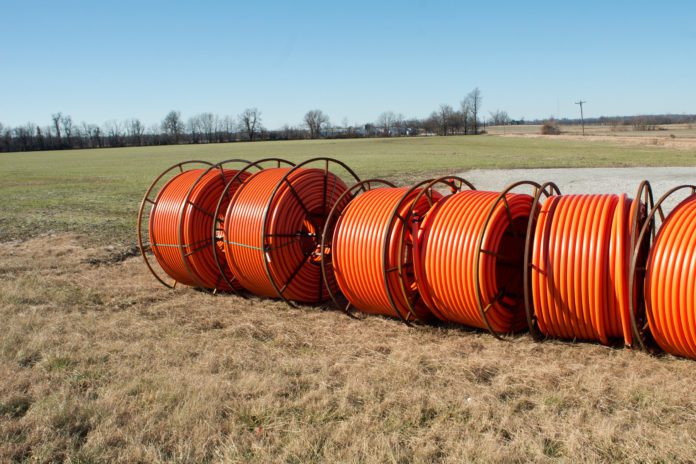The Federal Communications Commission is considering modifying the rules for one of its high-cost rural broadband deployment programs to support 100/20 Mbps service.
The agency has opened public comment on a proposal that would increase available support to some of the smallest, most rural providers while also increasing the required speeds that they have to deploy, with the goal of “achieving widespread deployment of faster 100/20 Mbps broadband service.”
This would be accomplished by modifying the current Alternative Connect America Model (A-CAM) program to establish an Enhanced A-CAM program, which would raise the deployment speeds required by the program and bring them inline with those required by other federal programs, including those funded by the recent Infrastructure Investment and Jobs Act. The proposal to do so was originally put forward by the A-CAM Broadband Coalition, a group of companies which are participating in the program.
“The areas served by A-CAM recipients are among the costliest to serve in the nation, and by improving access to modern communications services, we can help connect individuals living in rural areas to high-speed broadband,” the Commission said in its notice of proposed rulemaking (NPRM).
Current broadband speeds established for the A-CAM program are 25/3 Mbps and in some cases 10/1 Mbps or even as slow as 4/1 Mbps—and those networks are to be deployed on a timeline that stretches out to 2028. The A-CAM Broadband Coalition proposed in 2020 that companies that voluntarily participate in an enhanced A-CAM program get another six years of financial support at current levels “in return for providing significantly faster broadband speeds to consumers more quickly than consumers otherwise would receive them. The proposed enhancements could result in over 600,000 eligible locations being deployed to at speeds of 100/25 Mbps or higher. And the requirement to deploy broadband to eligible locations at lower speeds (i.e. 25/3 Mbps, 10/1 Mbps, and 4/1 Mbps) would decrease as, overall, new deployment obligations would bump up those locations to higher speed categories.”
“Given that A-CAM is already supporting the deployment and ongoing provision of some level of broadband service in rural areas through 2028 for most A-CAM carriers, enhancements to the A-CAM program … may be an efficient means of funding deployment in a manner complementary to other federal and state efforts,” the FCC said in its NPRM.
FCC Chairwoman Jessica Rosenworcel described the move as one that would help to harmonize federal requirements and programs across those of various departments—which is part of a number of other FCC efforts, including MOUs to work more closely with both the National Telecommunications and Information Administration, the Department of Agriculture and most recently, the Treasury Department (all of which distribute various federal funds for broadband deployment subsidies).
FCC Commissioner Brendan Carr, a Republican, said in a statement that it is “imperative that these programs be coordinated in order to prevent subsidized overbuilding in areas already funded by other federal or state programs. We have an historic opportunity before us to close the digital divide once and for all. But we will fail unless we have smart policies in place to guide those efforts.”

